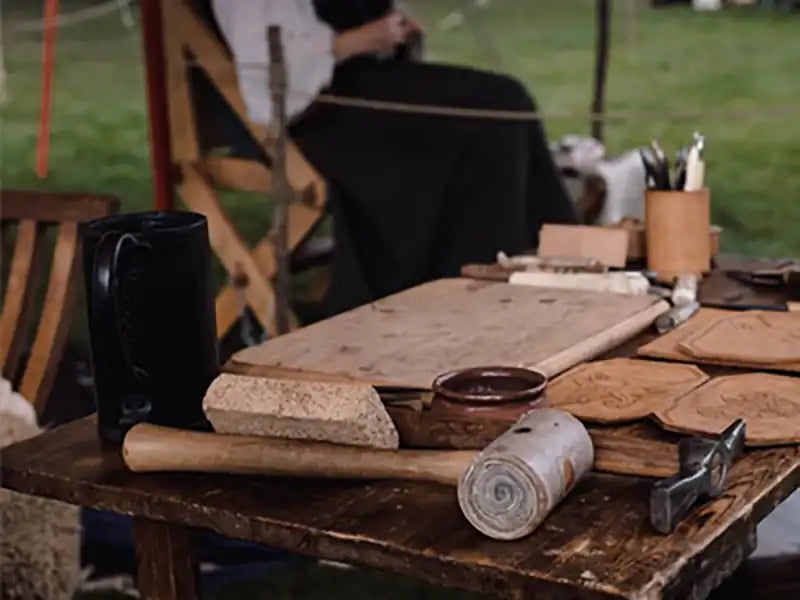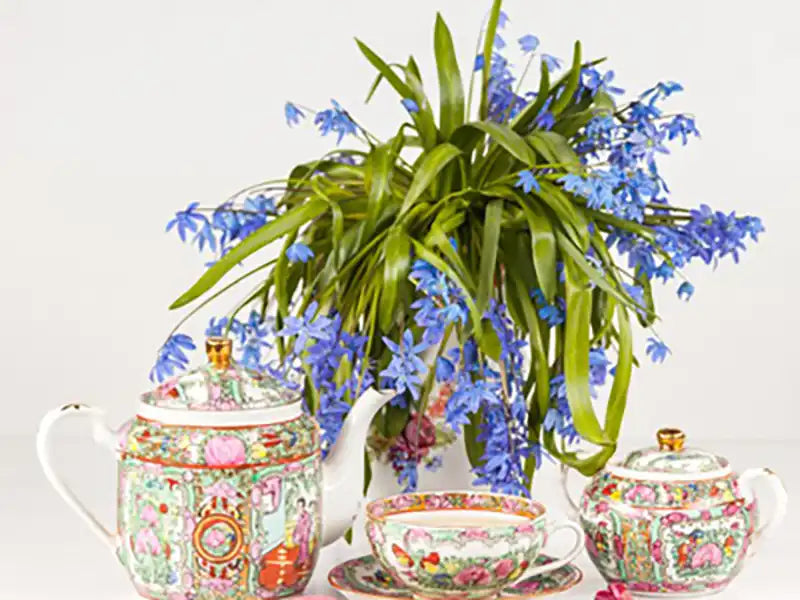Keeping flowers and houseplants has always had its own charms. Especially if you are bored and spend time keeping houseplants. Knowing each type of houseplant will help you to choose the right plant and take good care of it.
About the Dracaena plant
Dracaena, is a hardy plant that has 40 different species and includes a large family of plants. The Dracaena plant, also known as the blood of Siavash, also has a city and can be said to be grown almost everywhere. Types of Dracaena plants can grow differently depending on the model and its geographical area, but in general it can be said that the growth of this plant will not be difficult. Usually in Dracaena plants, there are fixed features, among which we can mention the same diameter of roots, palm material, etc.
Irrigation of Dracaena plant
Regarding the irrigation of Dracaena plant, it can be said that this plant should never see drought, because in this case, the tip of the leaf and its margins will turn brown and the overall shape of the leaves will change to tubular. Our recommendation is to irrigate in such a way that the soil surface of the pot dries somewhat between watering. Of course, we must also say that if the soil of this plant is constantly wet, the leaves will turn yellow, and after a while, the leaves will gradually fall off and the roots will rot.
Suitable temperature for keeping Dracaena
If you want to adapt your home environment to the temperature needs of this plant, we must say that most types of Dracaena plants live well in temperatures and temperatures warmer than 32 degrees Celsius. There is an exception in this regard, which is in Dracaena. This type of Dracaena is even able to withstand temperatures below 25. C. In general, it can be said that Dracaena is sensitive to cold room temperature and in such cases the tips of its leaves will turn yellow.
Dracaena plant soil
Dracaena loves soil that is slightly acidic. For this reason, it is better to use a combination of garden soil, leaf soil, sand or perlite for this plant. In addition, you can prepare ready-made soils for potted plants that have good drainage. You can prepare and use houseplants once every 2 to 3 weeks with a liquid fertilizer.
Suitable light in Dracaena
Dracaena houseplants generally show good resistance to shade, but you should not keep them in the shade all the time, as this will destroy the leaves of the plant. Dracaena can grow faster in bright light environments. A plant shelf can make you home more beautiful.
How to duplicate Dracaena
Dracaena plant can be propagated and propagated by the end cuttings of the stem and stem cuttings. In addition, you can use the buds on the plant's feet. To propagate Dracaena, you need to separate cuttings the size of 10 to 15 cm with a sharp and clean knife and take the stem cuttings from the stem or its leafless part and divide them into 5 cm sections. Now each section and piece should have a so-called dormant bud.
Remember that if the cuttings are not placed in the soil at the bottom of the stem, they will not produce any roots. Cover the cuttings with plastic bags and keep them at a temperature of about 24 degrees and away from direct sunlight. After two months, the roots of your plant will probably be rooted, now you can remove the bag and start artificial feeding the plant. It should be noted that the best time to reproduce in Dracaena is mid-spring to late spring, as well as late summer to early autumn.
Pests of Dracaena plant
Dracaena apartment plant, like any other plant, has its own pests and diseases. For example, if you see white, scaly sores on the leaves and stems of this plant, you should know that the main cause is insects. To improve these pests, you should spray your plant with insecticides every two weeks. Just remember to keep your plant away from other plants.
Another pest of Dracaena is its yellow and rotten leaves. Irrigation can be considered the main cause of this problem. As mentioned earlier, the soil surface of the plant should be slightly dried between watering.
Other pests and diseases of Dracaena include brown to brown discoloration. Insects are also responsible for this disease, and you will need to spray your plant once a month to eliminate them. View our range of plant stand.
If you have noticed that the new leaves of your plant are small and growing slowly, you should know that it is time to use artificial nutrition. You can do this once every two weeks.
Another common pest and disease of this plant is the formation of spider webs under its leaves. In this case, the leaves of the plant often turn yellow. It should be noted that the main cause of this disease are tiny red mites, which you should spray once every two weeks.






